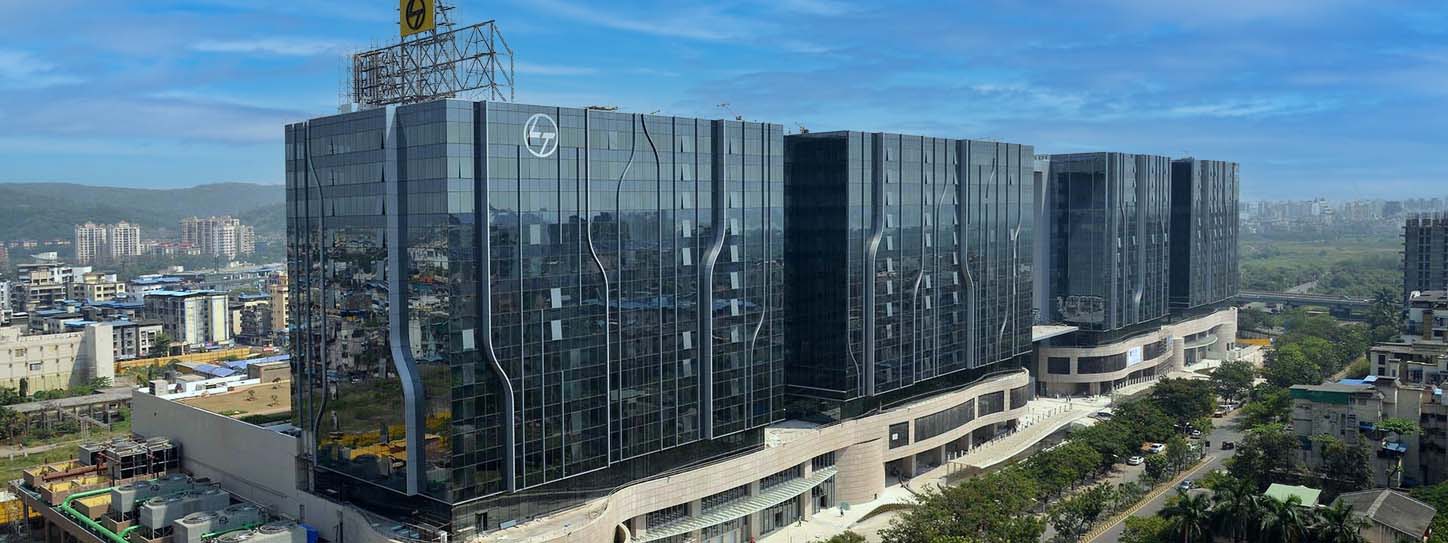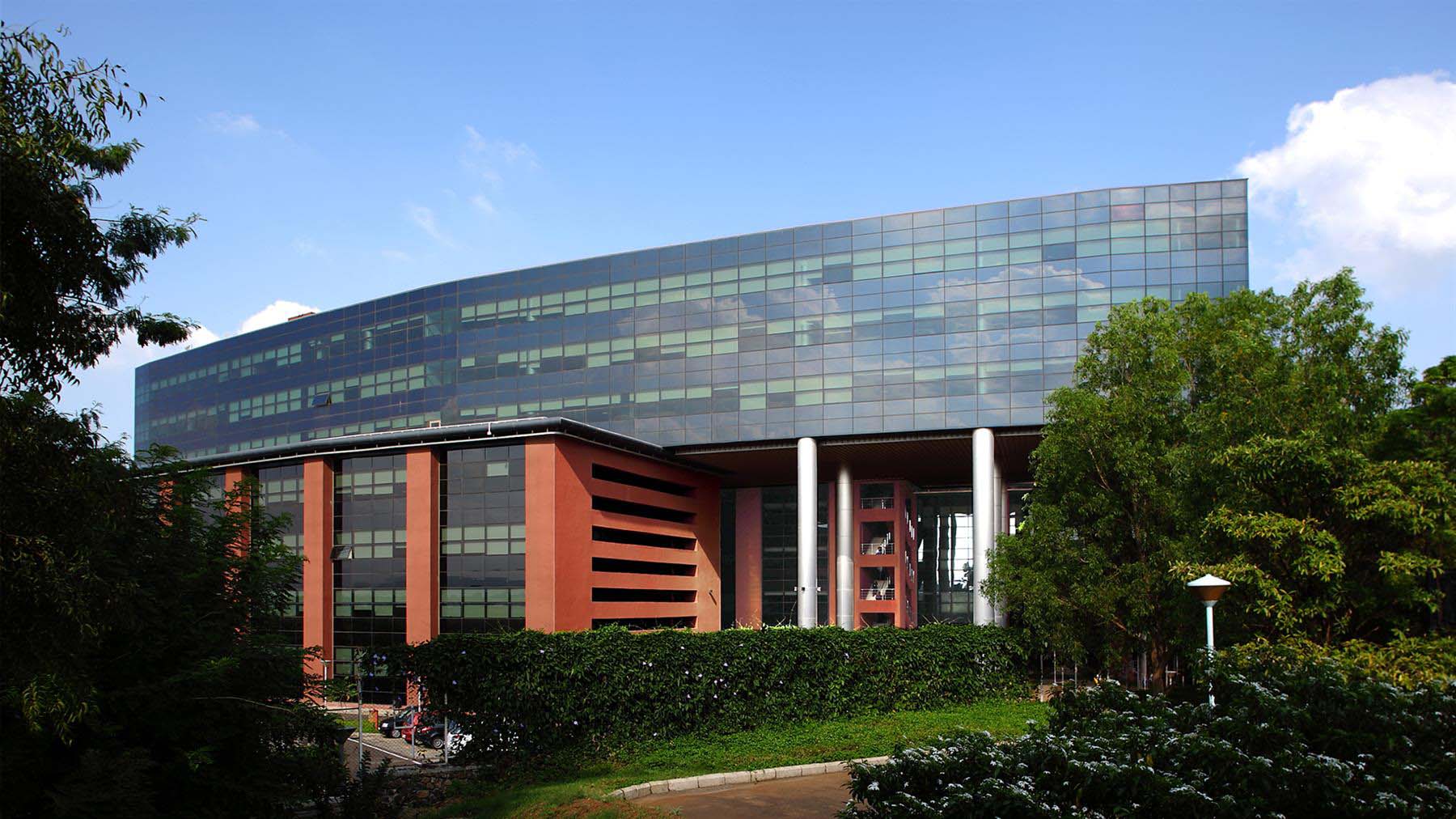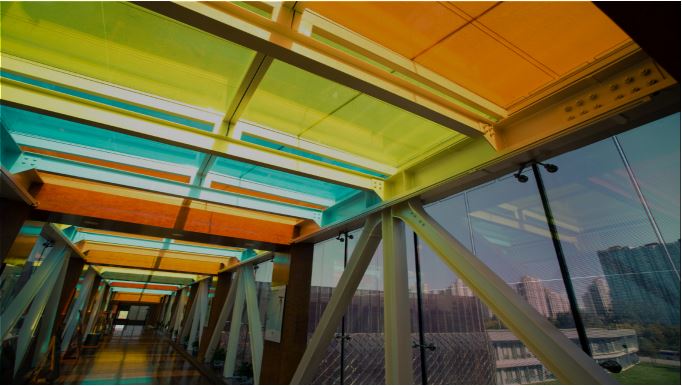What is Glass Distortion? Understanding the Causes and Solutions in Modern Architecture
In modern architecture, glass is a fundamental material used for everything from windows and doors to entire building facades. However, as glass is manufactured and processed, certain visual imperfections known as glass distortion can occur. These distortions can affect the overall appearance of the building, its optical clarity, and even the quality of light transmission.
But what exactly is glass distortion? What causes it, and how can architects, builders, and glass manufacturers work together to minimize it? In this blog, we’ll explore everything you need to know about glass distortion, its impact on architectural design, and the steps you can take to manage or reduce it.
1. What is Glass Distortion?
Glass distortion refers to any visual irregularities or imperfections in the glass that affect its optical clarity. When light passes through distorted glass, it can create wavy or blurry reflections, alter the appearance of objects behind the glass, and even impact the aesthetic quality of a building. Distortion is usually more noticeable in large glass panels, curved glass, or high-performance glass with multiple layers, but it can occur in any type of architectural glass.
Distortion can range from minor imperfections that are only visible under certain lighting conditions to more pronounced distortions that significantly impact the glass’s appearance. The level of distortion depends on several factors, including how the glass is manufactured, processed, and installed.
2. Types of Glass Distortion
Glass distortion can manifest in various forms, each caused by different manufacturing or environmental factors. The most common types of glass distortion include:
a. Roller Wave Distortion
Roller wave distortion is one of the most common types of glass distortion, especially in tempered or heat-strengthened glass. During the heat-treatment process, the glass is passed through a set of rollers while being heated. This can cause slight waves or undulations along the surface, which become visible when light reflects off the glass. Roller wave distortion is more noticeable in large glass panels and highly reflective glass.
b. Anisotropy or Iridescence
Anisotropy, also known as iridescence, is another type of distortion often seen in heat-treated glass. It occurs due to the varying stress levels in the glass after it is tempered, causing it to reflect polarized light in different ways. This can result in rainbow-like patterns that are visible when viewed under certain lighting conditions or from specific angles. Anisotropy is more likely to appear in polarized sunlight or when viewed through polarized lenses.
c. Bowing or Warping
Bowing or warping occurs when the glass pane is not perfectly flat after manufacturing. This can happen during the glass toughening or lamination process, where uneven heat distribution or pressure can cause the glass to bend slightly. Bowed glass can result in distorted reflections or a “funhouse mirror” effect, particularly in large facade installations.
d. Optical Distortion
Optical distortion refers to general imperfections in the way light passes through glass. This can create wavy lines, blurring, or distorted reflections. Optical distortion is often a result of uneven thickness in the glass pane or issues during lamination, tempering, or coating processes. It is typically more visible in thicker, multi-layered, or coated glass products.
3. Causes of Glass Distortion
Understanding the causes of glass distortion can help in both minimizing it during production and managing its impact in architectural applications. Here are some of the main factors that contribute to glass distortion:
a. Heat Treatment Processes
Tempering and heat-strengthening glass are common methods used to improve its strength and durability, particularly for safety applications. However, during these processes, the glass is heated to extremely high temperatures and then rapidly cooled. This can introduce slight irregularities in the glass’s surface, leading to roller wave distortion or anisotropy.
b. Uneven Glass Thickness
Variations in glass thickness can cause optical distortion as light passes through the uneven surface. These thickness variations typically arise during the float glass manufacturing process, where the molten glass is floated on a bed of molten tin. Even slight deviations in the thickness can impact the visual clarity of the glass.
c. Lamination and Coating Processes
Laminated glass, which consists of multiple layers of glass bonded together with a plastic interlayer, can sometimes experience distortion if the layers are not aligned correctly during production. Similarly, glass coatings applied to improve performance (such as low-E coatings or reflective coatings) can create minor irregularities if not applied evenly.
d. Installation and Structural Factors
Glass distortion can also occur during the installation phase. Improper framing, uneven support, or excessive pressure on the glass can cause bowing, warping, or pane deflection. This is particularly common in large glass panels used in curtain walls or facade systems, where the structural load may cause the glass to bend slightly, leading to distortion.
4. How Does Glass Distortion Affect Architecture?
While glass distortion is primarily a visual issue, it can have significant effects on both the aesthetic appeal and functional performance of a building:
a. Aesthetic Considerations
Architectural glass is often chosen for its transparency, clarity, and ability to create sleek, modern designs. Distortion can interfere with these goals by creating unwanted visual effects, such as wavy reflections or blurry views of the surrounding environment. In high-profile buildings with large glass facades, even minor distortions can become more noticeable, potentially detracting from the overall design intent.
b. Light Transmission and Clarity
Distortion can also affect the way light passes through the glass. Optical distortion may result in uneven light distribution inside the building, leading to glare or shadowing. This can impact both indoor comfort and the energy efficiency of the building, especially if natural light is a key component of the building’s design.
c. Occupant Experience
From a user perspective, glass distortion can create a disorienting visual experience, particularly in large, reflective glass surfaces. For example, roller wave distortion may cause distracting reflections that interfere with the view from inside or outside the building. In residential or office spaces, distorted glass may reduce the overall comfort of occupants.
5. How to Minimize or Manage Glass Distortion
While it may not be possible to eliminate glass distortion entirely, there are several strategies that architects, builders, and manufacturers can use to minimize its effects:
a. Specify High-Quality Glass
Working with reputable glass manufacturers who follow stringent quality control processes can help reduce the likelihood of distortion. Specifying low-distortion glass, particularly for large or highly reflective applications, can ensure better visual clarity and performance.
b. Manage Heat Treatment Processes
Reducing roller wave distortion and anisotropy starts with careful control of the heat treatment process. Manufacturers can adjust the speed at which glass passes through the rollers or implement more precise cooling methods to create a flatter, more uniform surface.
c. Correct Installation Practices
Proper glass installation is critical to avoiding post-installation distortion. Ensuring that glass panels are properly supported, with even pressure applied to each panel, can reduce the risk of bowing or warping. Additionally, careful framing and alignment can help avoid structural-induced distortion.
d. Visual Testing and Inspection
Before installation, glass should undergo visual testing and inspection to detect any potential distortions. Manufacturers may use laser scanning or optical measurement tools to identify roller waves, surface irregularities, or thickness variations.
6. Industry Trends and Future Innovations
As the demand for large, high-performance glass panels continues to rise, manufacturers are developing advanced technologies to minimize distortion. New methods such as precision tempering, automated lamination, and dynamic coatings are improving the flatness and optical clarity of glass, allowing for fewer distortions even in challenging applications.
Architects are also increasingly considering glass distortion tolerance in their designs, working with manufacturers to ensure the visual impact of distortion is minimized, especially in large curtain walls or fully glazed facades.
Understanding and Managing Glass Distortion
While glass distortion can pose challenges in modern architecture, it is a manageable issue with the right planning, manufacturing processes, and installation techniques. By understanding the causes of glass distortion and working with experienced manufacturers, architects and builders can achieve stunning glass designs with minimal visual imperfections.
As the architectural glass industry continues to innovate, solutions for reducing distortion are becoming more advanced, allowing for more ambitious and visually striking building designs without compromising clarity or performance.
Looking for distortion-free glass solutions for your next architectural project? Contact FG Glass to learn more about our high-performance glass products and how we can help you achieve a clear, visually stunning design for your building.

You might also like
Feb 21, 2022 by TARIQ KACHWALA
Feb 21, 2022 by TARIQ KACHWALA
Feb 23, 2022 by TARIQ KACHWALA










